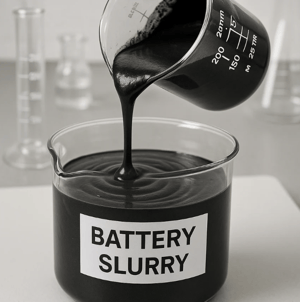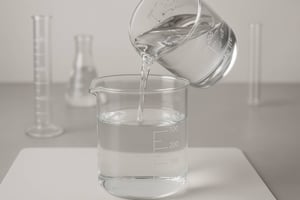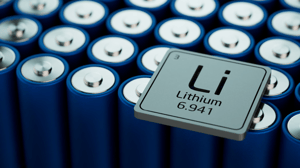Batteries: Leading the Charge for Renewable Energy
Rechargeable batteries have redefined how we store and use energy. Unlike single-use batteries, they can be charged, discharged, and charged again, making energy storage a repeatable, sustainable process. This capability is essential for renewable energy sources like solar and wind, where supply fluctuates. Excess energy can be stored during peak production and released later, ensuring consistent power without relying solely on the grid. Advances in rechargeable technology are also delivering greater capacity, faster charging, and longer lifespans, opening the door to more efficient and reliable energy systems.
This momentum isn’t slowing. Battery research is pushing the limits of chemistry, design, and manufacturing. One factor contributing to this progress is viscosity — a property that influences how battery materials are formulated, tested, and kept stable. Understanding viscosity isn’t just a lab exercise; it’s a critical step in producing reliable, high-performance batteries for the future.
Viscosity in Battery Testing & Formulation

Slurries are one of the many ways that battery conductivity is created. Slurries are typically a paste used to coat cathodes and anodes. Slurries are non-Newtonian so they exhibit more complex behaviors.
Read Our Blog
Electrolyte solutions are used internally to allow ion mobility throughout the battery structure. Electrolyte solutions utilize a variety of proprietary blends and must withstand stresses from pressure, movement, and temperature.
Read our Application NoteBattery Slurries
Viscosity plays a critical role in battery slurry performance. Slurries are designed to enhance conductivity by ensuring a uniform coating on cathodes and anodes. Application methods such as slot die or doctor blade rely on a precise and consistent viscosity to achieve optimal layer quality. Because battery slurries are non-Newtonian, measuring viscosity across a wide range of shear rates is essential for accurate process control.
Testing viscosity early and throughout production helps ensure consistent delivery, uniform application, and long-term performance of your batteries. We offer complimentary consultations and professional sample testing to help you verify and optimize the viscosity of your slurries.

Electrolyte Solutions
Electrolyte solutions must maintain low viscosity while providing sufficient ion mobility to ensure proper battery function. Without regular, precise viscosity testing, achieving this balance is difficult.
Given the high cost and novelty of many electrolyte ingredients, it’s essential to verify performance as early as possible in development. This includes comprehensive testing of various excipient combinations at temperatures as low as –30 °C.
Batteries, particularly those in EVs and large-scale energy storage, face extreme thermal conditions. Since electrolyte viscosity typically increases at lower temperatures, quantifying the viscosity threshold for functional performance is key to ensuring reliability, efficiency, and product satisfaction.

Why RheoSense?
Because battery electrolytes are volatile, accurate measurement requires a closed system to prevent evaporation. This limitation is a common pain point for other technologies, but our technology addresses this effectively.
RheoSense viscometers use proprietary VROC® technology to take the most accurate and repeatable measurements from the smallest sample sizes possible saving your valuable sample for further development. A wide dynamic range with shear rates also allow you to measure non-Newtonian slurries.





